The High Stakes of Overhead Crane Service NJ
In busy factories and warehouses, overhead cranes quietly bear the weight of manufacturing. They move tons of material overhead, often inches from your workforce. When something goes wrong —a hook cracks or a chain wears through —the consequences can be severe. Regular inspections aren’t just regulatory paperwork; they are the frontline defense against accidents, downtime, and liability. Yet many facilities struggle to determine how often to inspect and what to check.
Understanding OSHA’s Inspection Classifications
The Occupational Safety and Health Administration (OSHA) standard 29 CFR 1910.179 divides crane inspections into two general categories: frequent inspections and periodic inspections. The interval depends on the crane’s usage and environment. According to OSHA:
- Frequent inspectionsoccur daily to monthly. During these inspections, the operator or maintenance staff visually examines the crane for obvious defects. OSHA specifies checking functional operating mechanisms for maladjustment, leaks in air or hydraulic systems, hooks for deformation or cracks (daily visual inspection with monthly documented checks), and hoist chains for excessive wear or distortion. Rope reeving should also be examined to ensure proper installation.
- Periodic inspectionsoccur once every 1 to 12 months, depending on service severity. These comprehensive inspections include all items listed for frequent inspections, as well as structural and mechanical components such as deformed or corroded members, loose bolts, cracked sheaves and drums, worn brake parts, electrical apparatus for pitting and deterioration, and overall powerplant performance. Idle cranes that are unused for one to six months require an inspection equivalent to frequent inspections before reuse; cranes idle for over six months require a full periodic inspection before returning to service.
OSHA emphasizes that inspection intervals should account for a crane’s exposure to wear and stress. A crane operating under heavy or severe service must be inspected more often than one handling light loads occasionally. Inspection records must document the date, the inspector’s signature, and the identification of the component inspected.
Using Crane Service Class to Tailor Inspections
The Crane Manufacturers Association of America (CMAA) defines service classes (A through F) that describe usage severity. An inspection guide by Morgan Engineering pairs CMAA classes with recommended inspection frequencies:
|
Service Class |
Typical Use |
Frequent Inspection |
Periodic Inspection |
|
A |
Stand–by / Infrequent |
Semi–annual |
Annual |
|
B |
Light duty / Maintained loads |
Monthly |
Annual |
|
C |
Moderate duty (one shift per day) |
Monthly |
Annual |
|
D |
Heavy service (multiple shifts) |
Semi–monthly to monthly |
Semi–annual to annual |
|
E |
Severe service (continuous duty) |
Weekly (3–5 days) |
Quarterly |
|
F |
Severe, critical service |
Daily |
Quarterly |
By categorizing your crane based on its work environment and usage (number of shifts, load intensity, and operating conditions), you can select inspection intervals that align with OSHA’s broad guidance while ensuring safety. For example, a class C crane usually requires frequent inspection every 100 hours of use and periodic inspection every 500 hours.
What to Check During Inspections
Frequent inspections focus on quickly observable conditions.
- Operating Mechanisms: Observe hoist, trolley, and bridge motions for proper operation; look for maladjustment or unusual noises.
- Hydraulic and Air Systems:Inspect hoses, valves, and tanks for leaks and deterioration.
- Hooks:Examine hooks daily for deformation or cracks and verify monthly with a documented inspection; remove the hook if the throat opening exceeds 15 percent of normal or if there is more than 10° twist.
- Hoist Chains and Rope:Check for wear, twisting, or stretching beyond the manufacturer’s recommendations.
Periodic inspections require a more detailed approach.
- Structural Components:Look for deformed, cracked, or corroded bridge girders, end trucks, and trolleys.
- Mechanical Parts: Inspect shafts, gears, bearings, drums, sheaves, and couplings for wear or distortion.
- Brakes and Clutches:Check brake linings, pawls, and ratchets for excessive wear.
- Electrical Systems:Examine control panels, limit switches, and push-button stations for pitting, corrosion, or deterioration.
- Powerplant Performance:Test motors and generators for proper operation and compliance.
Why Overhead Crane Service NJ Matters
Regular inspections reduce the risk of catastrophic failure and unplanned downtime: a robust inspection program maximizes productivity, reduces total repair costs, and improves safety. By tracking the number and severity of deficiencies found between periodic inspections, you can adjust inspection frequency to catch issues early and prevent accidents. Waiting too long between inspections allows wear and fatigue to accumulate, leading to expensive repairs and increased liability.
Build a Compliant Crane Inspection Program
A safe crane is inspected regularly, in accordance with both OSHA and CMAA guidance. Frequent inspections catch noticeable wear—cracked hooks, leaks, and misaligned ropes—while periodic inspections uncover deeper structural and electrical issues. Rather than adopting a one-size-fits-all schedule, use the CMAA service class of your crane to choose an interval that matches its workload.
Document findings, train operators to spot early signs of trouble, and adjust your plan as conditions change. If establishing a compliant program feels daunting, SISSCO’s certified inspectors can create a customized schedule, provide OSHA-required documentation, and offer on-site training. With a tailored inspection plan, your cranes will operate safely, efficiently, and in full compliance.



